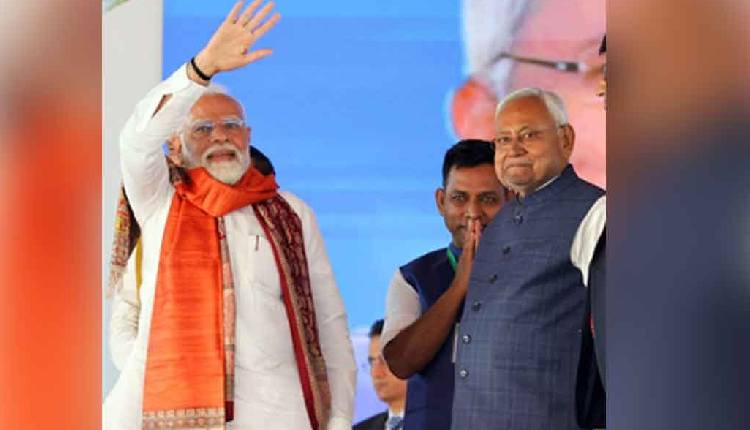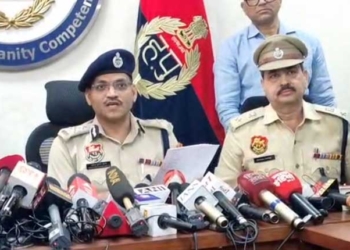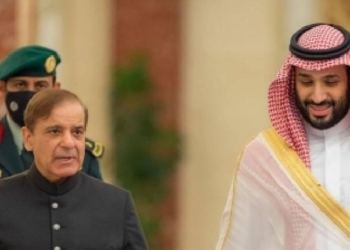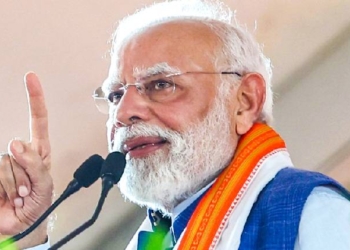Patna: In a landmark move to boost infrastructure and connectivity in eastern India, Prime Minister Narendra Modi will lay the foundation stone for the second phase of the Varanasi-Gaya-Ranchi-Kolkata Expressway (NH-319B) on Thursday, during his visit to Bihar.
This expressway, which is part of the Bharatmala Project, is a massive infrastructure initiative that promises to transform road travel and economic activity across Uttar Pradesh, Bihar, Jharkhand, and West Bengal.
The 690-kilometre-long expressway, with a width of 36 metres, will be Bihar’s first six-lane greenfield expressway.
Starting from Barhauli near the Varanasi Ring Road in Uttar Pradesh, it will traverse through Kaimur, Rohtas, Aurangabad, and Gaya in Bihar before entering Jharkhand and continuing to Kolkata.
The expressway promises to halve travel time between Varanasi and Kolkata from 12–14 hours to just 6–7 hours.
The total estimated cost of the project is Rs 35,000 crore, with around Rs 5,994 crore allocated for Bihar alone, and Rs 1,200 crore earmarked for Gaya district.
In Gaya, the expressway will cut through the heavily forested and historically Naxal-affected blocks of Imamganj and Dumaria, covering 29 revenue villages (mauzas) across 33.5 kilometres.
The route includes Anwar Salaiya, Barha, Chhakarbandha, Tarchua, and Dhakpahari, areas that were once difficult to access due to insurgency.
A construction company from Rajasthan has begun setting up a work centre in Chhakarbandha forest and a project office in Baseta to oversee operations.
“Till just a decade ago, even common people hesitated to visit Chhakarbandha due to Naxalite dominance. Today, the expressway is a symbol of development reclaiming such regions,” said a local resident, Rahul Manjhi, while noting the missed opportunity of not having an interchange point at Chhakarbandha itself.
Deepa Manjhi, MLA from Imamganj, hailed the project as a game-changer for traffic and economic growth.
“The expressway will improve inter-city connectivity, reduce traffic congestion, and boost freight movement. Industrial development will follow, generating employment and fostering economic prosperity,” she said.
(IANS)















